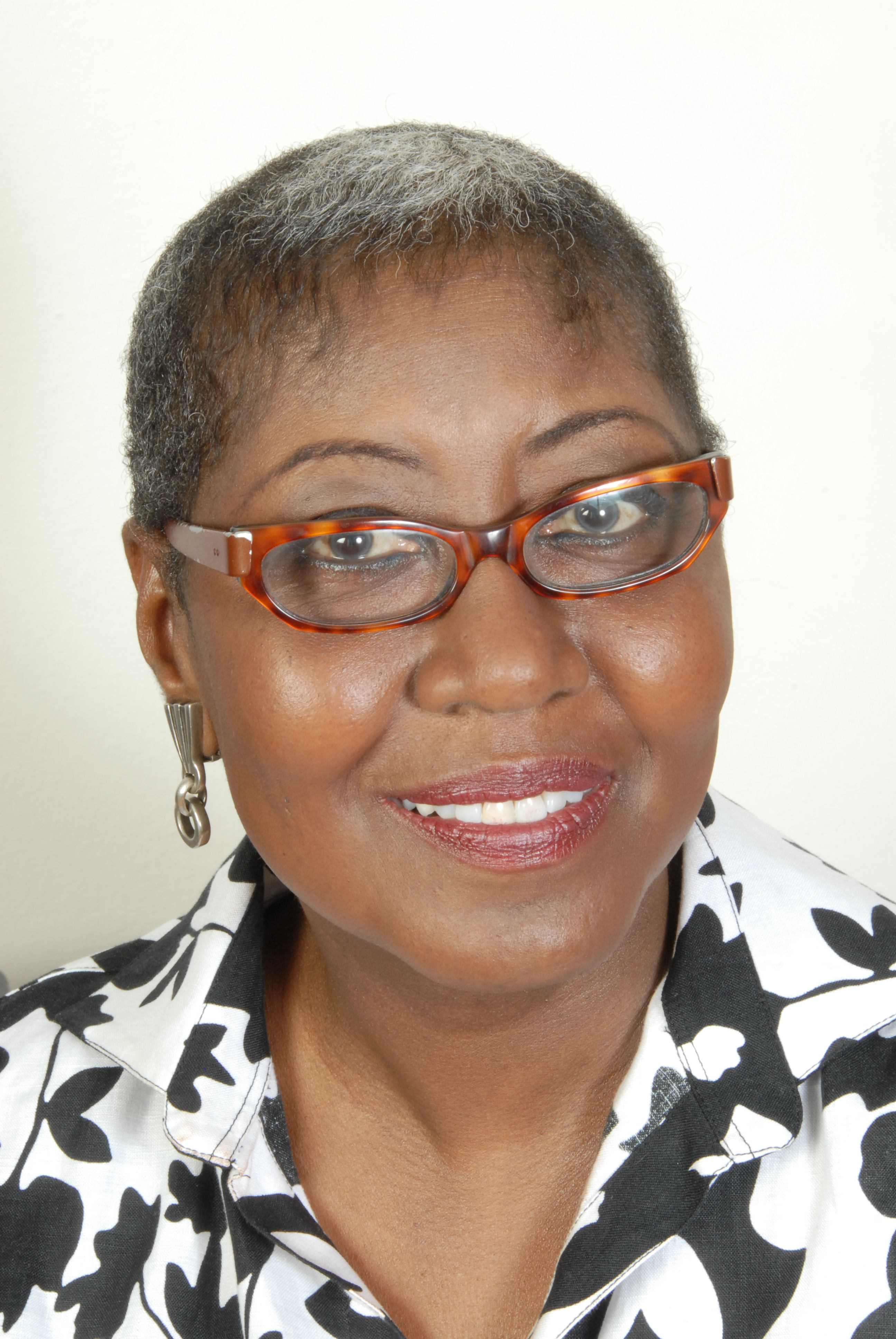Juvenile crime has been declining for years and is now at historic lows. That’s the good news. The bad news is that girls are now the fastest growing segment of the juvenile justice system. Although the system is still dominated by boys, in 2009, girls made up 30 percent of all juvenile arrests; up from 20 percent in 2008. Two-thirds are girls of color.
lows. That’s the good news. The bad news is that girls are now the fastest growing segment of the juvenile justice system. Although the system is still dominated by boys, in 2009, girls made up 30 percent of all juvenile arrests; up from 20 percent in 2008. Two-thirds are girls of color.
Why this increase in girl delinquents? Program operators say there is a new kind of girl coming into their programs — girls who are more troubled than those they’ve worked with in the past. These operators blame the growing ills that many adolescent girls face every day in their communities; fractured families, poverty, poor schooling and the increased availability of drugs and alcohol. Research says that adolescent girls, already struggling with self esteem and identity issues, can be very vulnerable to the conditions around them, leading them to high-risk behavior.
Other experts say that the rise in girls’ arrests has less to do with growing community dysfunction and changes in girls’ behavior, than with society’s growing intolerance for even minor crime and violence. They note that today’s courts are coming down much harder on girl offenders than they have in the past — even for low-level offenses.
Understanding the “why” of this spike in teen girl offenders is critical. However, there are other issues that need to be addressed: What do we do about the girls who are coming into the juvenile justice system in unprecedented numbers? How do we meet their needs? How do we reduce the number of girls getting caught up in the system?
I’m not implying that the needs of girls in the juvenile justice system trump those of boys. However, because boys have always dominated the system, juvenile facilities are geared to males and have been slow to respond to the growing girl population.
The research documenting differences between adjudicated girls and boys is unambiguous. Girls commit far fewer violent offenses than boys, and are more likely to be arrested for property crimes (i.e.: shop lifting) or status offenses such as running way, truancy and curfew violations. A far higher percentage of girls than boys enter the juvenile justice system with a history of emotional, physical and sexual abuse and are known to self medicate through alcohol and drugs. Finally, adolescent girls need different health services than boys, including health education, gynecological exams, and sometimes, pregnancy-related care.
The bottom line is that, in most cases, girls in the system do not get their needs met and are often re-traumatized through dehumanizing and abusive treatment.
For advocacy organizations like the Child Welfare League of America, (CWLA) the answer to my question, what do we do about the girls, is straightforward. CWLA has pushed for gender-specific programming to be implemented in the juvenile justice system.
This programming recognizes girls’ specific needs and provides them with opportunities for change and growth. Researchers have identified program elements that address these needs: an emotionally safe space where girls can hold nurturing conversations and develop trusting relationships with other females; mentors whose experiences reflect the realities of girls lives and who exemplify survival and growth; education about women’s health, including female sexuality; support for continuing education; health care, including treatment for trauma, drug dependency or pregnancy and childbirth and opportunities to make positive life changes.
Further, CWLA believes that community institutions must work together to reduce the number of adolescent and teen girls entering the juvenile justice system in the first place. Activities that provide girls with access to caring adults, a healthy sense of their strengths, individuality and sexual identity as well as a feeling of optimism about the future, can help counter the risk of delinquency.
Certainly, gender-specific programming in the juvenile justice system and other community institutions is a key piece of what troubled, vulnerable girls need. However, currently, there are few programs and strategies either inside or outside of the juvenile justice system that provide this kind of support and guidance. And things don’t seem to be moving in the right direction.
The Juvenile Justice and Delinquency Prevention Act, (JJDPA), requires states to submit a three-year plan to the Department of Justice in order to access funding — including a plan for implementing gender-specific services. However, advocates say this requirement needs to be strengthened and that JJDPA has not been re-authorized since 2002. Also, many states are attempting to divert status offenders to counseling or other community-based services to prevent entry into the juvenile justice system. But there are not enough alternative programs for all who need them, which means many girls are being incarcerated for minor offenses when what they really need is supportive programming and adult guidance.
So the question remains, what do we do about the girls?
We can continue to feed adolescent girls into an inadequate, dehumanizing system. Or we can strongly advocate that all federal, state and local agencies with youth serving mandates work with community institutions to help these vulnerable girls become strong, productive women. The choice is ours.



























